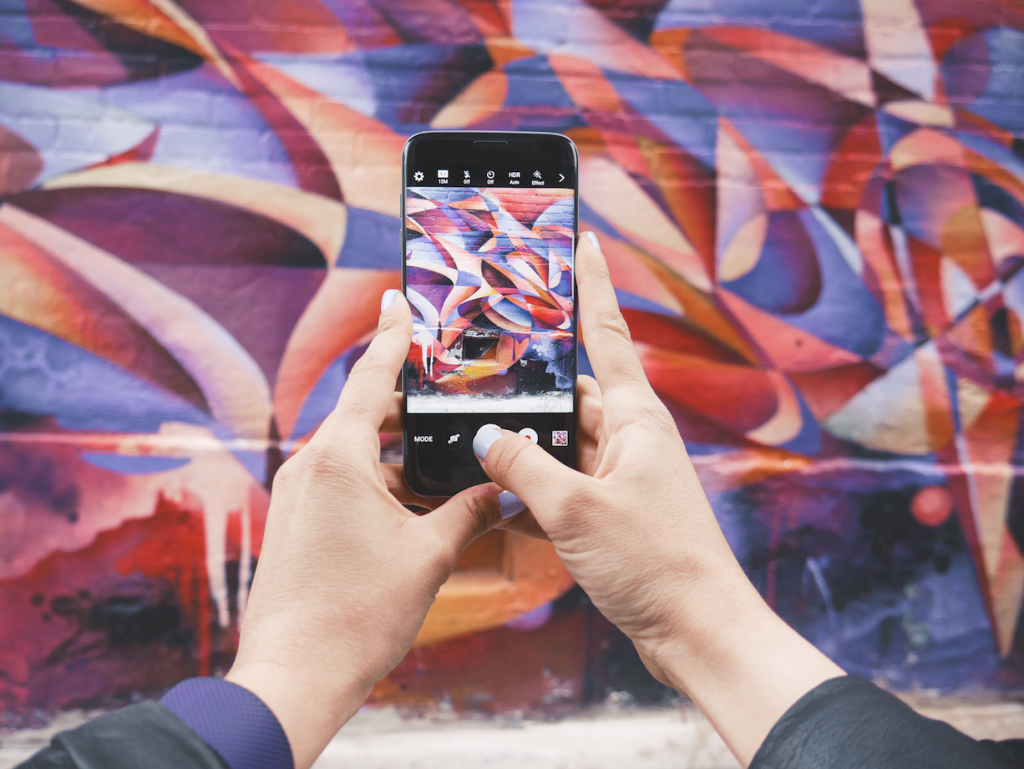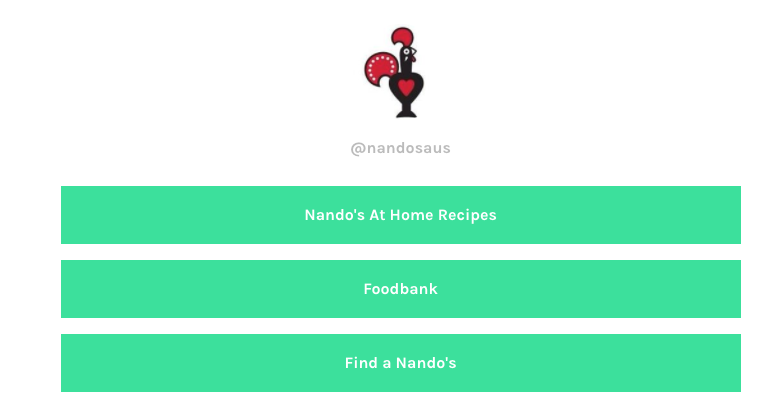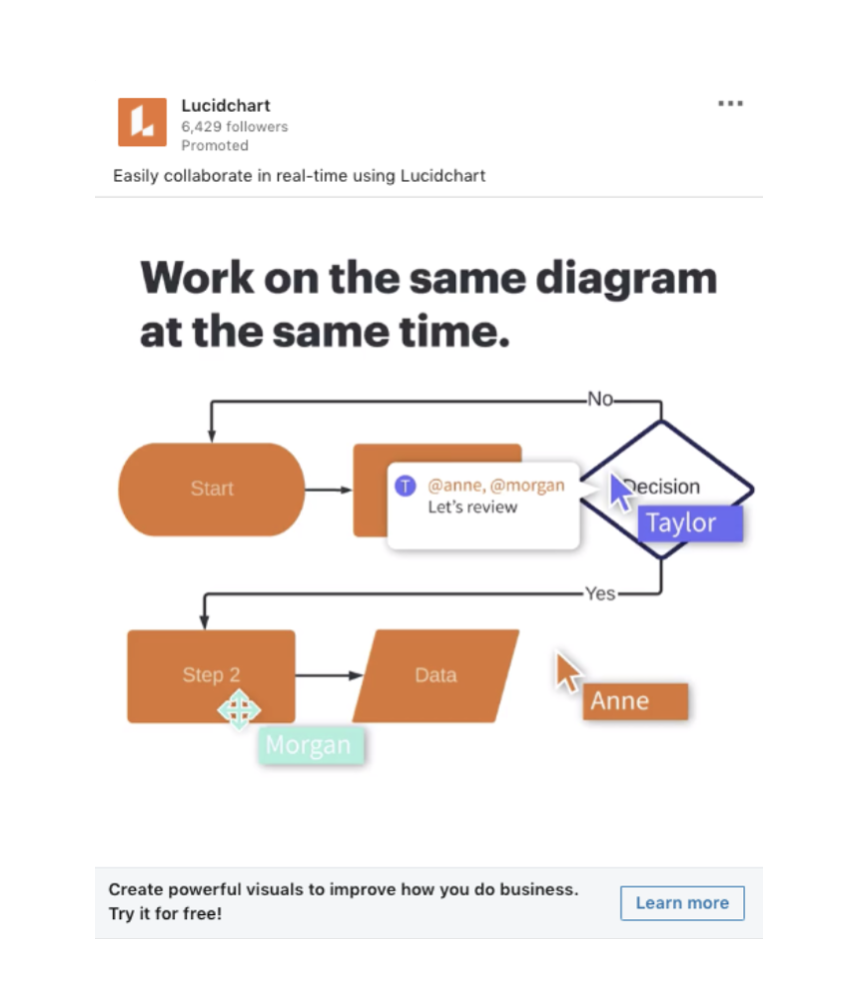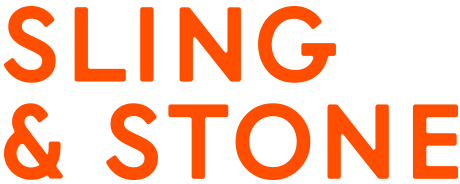
The days when social media was seen as a supplement to a business strategy are well behind us. In the face of social distancing and the current pandemic, social media has become an even more critical tool for keeping companies in touch with their customers and allowing real-time communication.
Whether your business is in growth, exploring new opportunities, or simply waiting out the storm, these social media tips will help you navigate your brand through murky waters and ensure you come out the other side with an engaged online community.
1. Add value with every social media post (not noise)
In recent months, Facebook use alone has increased by 37%, and across the board, Instagram, Twitter, WhatsApp and TikTok are all experiencing growth. More customers are seeking out entertainment, inspiration and sources of information on social media, but there’s also more competition for their eyeballs than ever before.
Adding value with the content your business creates helps you avoid being lost in the dust storm of COVID-19 content (yes e-marketers, we’re looking at you).
A great example of an industry creating responsive and valuable content is the fitness industry. Overnight a tidal-wave of health and fitness brands launched online workout programs. These brands are sharing pre-recorded videos and live-streamed classes as the world adjusts to a period without gyms. Take Australian Barre studio, Barre Body, that is offering its social community free 15 minute workouts every morning via Facebook live videos.
The brand is also offering hour-long classes via their paid subscription platform, however, ensuring the complimentary classes are available to everyone is a great way to add value to their community and reach new customers.
The hospitality industry has also risen to the challenge, with chefs everywhere creating content to help those of us sheltering at home, learn to cook new recipes. Take celebrated chef, Massimo Bottura, who is offering a rare insight into his own kitchen and turning dinner time into nightly Kitchen Quarantine cooking classes on Instagram.
It’s a good time to start thinking about what your community and customers need right now and how your brand can help deliver on that need. The questions you should ask are: How can you add value to the interests and circumstances of your audience? And if your business or service isn’t essential or relevant to the current crisis, is there a way to add value by sparking joy or entertaining?
2. Celebrate and connect your community
On organic social, it’s time to soften the sales pitch (unless it’s truly essential) and rather, place a spotlight on the people who support your business and unite your community through social media.
LinkedIn is a great example of a brand that consistently puts the spotlight on the people who keep the platform afloat — its users. During COVID-19, LinkedIn has shifted its #WorldOfWork content series, highlighting the diverse career stories of its users and focusing in on frontline workers.
Another great example of a brand giving a voice to its social media community during the current crisis is the podcast, After Work Dinner Drinks. The brand has been inviting its followers and listeners to take over its Instagram stories account for the evening, sharing their personal stories, fun facts about them, their favourite online videos and memes.
Shining a light on the people who engage with your brand is a powerful way to drive advocacy during a crisis and help strengthen your community, not just retain it.
3. Make your #LinkInBio into a community resource

Right now brands all over the world have an opportunity to mobilise their communities for good and help those less fortunate. This could be whole industries, such as live music and events, or the more vulnerable people within a community who don’t have access to essentials.
One of the inspiring ways brands are using their social media channels for good is by adding a community resource to the link in their profile. Some of our favourite examples of brands doing this include:
- Nandos Australia is using its Linktree (cheeky Sling & Stone partner plug!) to direct its audience to Food Bank; an organisation helping source essential food for Aussies in need during COVID-19.
- Splendour in the Grass, one of Australia’s most loved live music festivals, is using its Linktree to drive followers to a charity initiative called The Sound Of Silence. The SOS campaign, a collaboration by the Australian Music Industry, is helping raise funds to provide crisis relief services to artists, roadies and music workers who are directly affected during COVID-19.
- Zwift, virtual training solution (and another Sling & Stone partner) is using its #LinkInBio to promote its Tour For All event. Tour For All is a global Zwift community event and virtual race, where donations are supporting Doctors Without Borders charity in their response to COVID-19. Zwift will make an initial donation of $125,000 and will double its contribution if 250,000 Zwifters finish at least one stage.
4. Amplify relevant brands with paid social ads
A crisis can be a real friend of innovation, and naturally, some businesses are seeing exceptional growth. There are a number of industries and products that have heightened relevancy during COVID-19 and social distancing, such as video conferencing, remote working and logistics. While paid social advertising is down due to economic uncertainty, brands in growth have the opportunity to get in front of those who need their product or service with targeted social ads.
An example of an existing product with heightened relevancy is the Sweat by Kayla fitness app. Australian fitness entrepreneur Kayla Itsines has been offering and optimising her virtual fitness program for years prior to COVID-19. Her product is now in a very fortunate position, trialed and tested by thousands of Australians, it’s one of Australia’s most popular remote fitness programs. Sweat social ads, including Facebook link ads and promoted Instagram Stories, are adding value by driving awareness of a service that is in great demand and helping even those who aren’t typically fitness junkies, stay motivated and healthy during the shutdown.
Innovative DIY ceramics brand Crockd is a brand new business that was actually born out of COVID-19, allowing Australians to purchase pottery kits for different sized groups that can be made at home. The kits even come with ‘clay breakers’ a selection of questions designed to spark interesting, uncomfortable and inspiring conversations while you play with clay. Crockd has invested in sponsored content on Facebook and Instagram to help drive awareness of its home clay kits and more generally, provide Australian’s with creative ideas to pass the time.
But social advertising isn’t just limited to consumer products or apps. Across the channels we are seeing advertising from B2B brands who empower better remote working. Take project management and visualisation tool, Lucidchart. It has used LinkedIn ads, including sponsored video ads and dynamic ads, to help promote its software at a time when remote teams need it most. The video ad content shows a demo of how the software allows teams to collaborate on a diagram at the same time.

Paid advertising, including social ads, should be approached with caution during a crisis, as to be sensitive to those being affected physically and emotionally. However, in the case that your brand has a real opportunity to add value, social ads can be a great way to drive awareness and sales.
5. Double down on community management
Putting more resources or attention into the management of your social communities isn’t just a tactic for those brands in growth. Being proactive and increasing the responsiveness of your page’s community management is a great way to connect your brand with its customers, especially when your content may struggle to cut-through the busy social news feeds.
Brands with some of the world’s strongest social media communities are masters of this. adidas and Mecca Cosmetica are two examples of brands on social media with speedy and consistent replies and reactions. Some of these brand’s behaviours include ‘liking’ all positive comments on a post, responding quickly (maximum 24 hours) on all questions (and even faster on complaints or emergencies), and commenting under posts that users have tagged their page in.
Ready for the screamers again. 🚀
— adidas (at 🏡) (@adidas) April 28, 2020
This doesn’t mean you have to reach out to customers who haven’t already engaged your page, but rather, making the most of the interactions you are receiving. Increasing 1:1 interactions between a brand and a customer helps build brand trust and affinity.
Another way community management can help drive engagement is through facilitated community conversations. Writing content that helps facilitate a community conversation is a fine social media art. Nothing is more awkward than a brand who gets an empty comment thread in response to a question. LinkedIn and HubSpot are two brands who have nailed the way they pose questions to their communities and we can take learnings from their approach.
HubSpot (last Sling & Stone partner plug, promise…) successfully facilitates community conversation by sharing content that transcends its product. In the face of COVID-19, the brand is asking its LinkedIn followers for tips on how they are managing their day and staying motivated.
Knowing what your audience is interested in will help you start conversations that matter to them and increase your chances of starting a buzzing comment thread and interactions between your customers, that is valuable to both them and you.
Navigating a crisis such as now is not easy and for many start-ups, this is the first hurdle they are facing of this magnitude. We hope these five ideas will help you connect with your communities in a genuine and valuable way through the power of social media.

